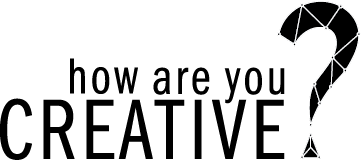ARTShops
The ARTShops program is a collaboration between the Alaska State Council on the Arts, the Alaska Arts and Culture Foundation and The CIRI Foundation’s A Journey to What Matters: Increased Alaska Native Arts and Culture grant program. Established in 2016, ARTShops support emerging Alaska Native arts leaders to develop their skills in leading community-based arts programs.
2020 ARTShops
Bentwood Box Making
Story by Robert Mills
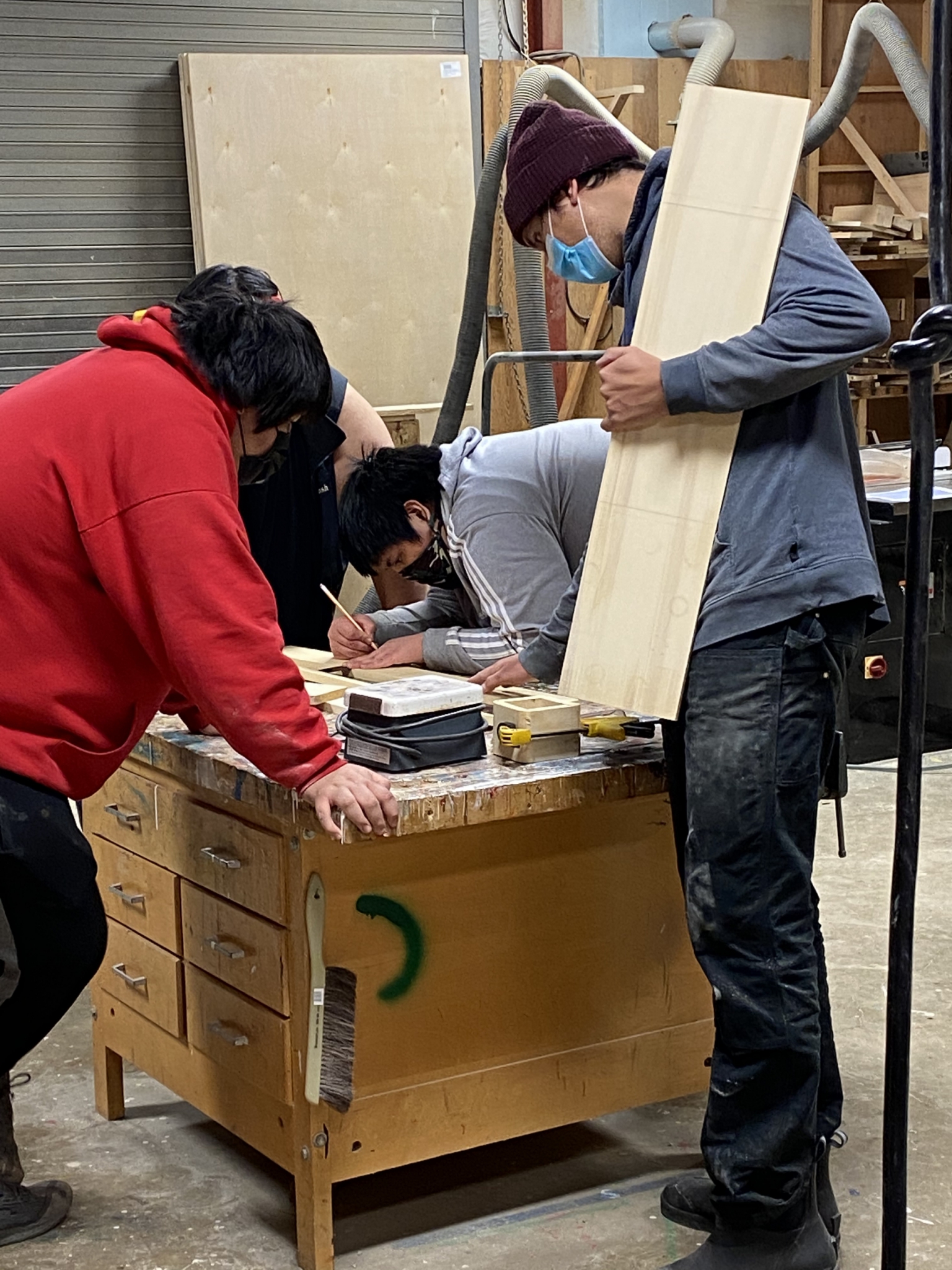
Thanks to the CIRI Foundation and the Alaska State Council on the Arts for supporting a Bentwood Box making class in Kake, AK through the ARTShop program. Although COVID prevented the class from happening in person in 2020, I was able to make the class happen in 2021. Bentwood Boxes were once prevalent and highly valuable trade items up and down the Northwest Coast. Due to the many facets of colonization, many of those boxes have been looted and now exist in institutions around the world.
Worst yet, the practice of making them ceased to exist in some communities. With the class in Kake, we hope to begin making these beautiful items again to promote cultural vibrancy, healthy learning environments, and continue the technology for generations to come. We were able to have many kids attend the class as well as people who are teaching in the community, so hopefully the practice continues to perpetuate itself.
Braiding Beach Grass
Story by Apay’uq Moore
As part of my ARTShop project, I spent four days harvesting red salmon and camping at Togiak Lake with my mom. In returning to Twin Hills, we harvested grass between four generations. It was memorable and priceless. It was new to us, as we have never done that together. We have never spent time aiming for a goal in creative gathering. Usually we subsist for food, but to participate in gathering for an art project was something I will forever cherish, as I recall the day, the breeze, the clouds, my grandma’s voice, my kids in the background, and the setting of being in Twin Hills, a place of saturated love and nostalgia for the parts of my identity where I unknowingly learned to be Yup’ik as a child. The most important part of this, was tapping into the memory of my mom and grandma. To hear them recall advice from a time that was so different from now was like magic.
Traditional and Contemporary Skin Sewing with Marine Mammals
Story by Raven Cunningham

With generous support from the ARTShop program I was able to provide education about present day threats to Alaska Native peoples, as well as traditional and contemporary ways of hunting, skinning, skin stretching, and sewing of marine mammals, specifically seal skins. Unfortunately, with the COVID-19 pandemic, I was unable to host a class to teach in person, so I had to focus on personally outreaching to people who were interested. I worked with a few people within my community and within the State of Alaska sending them seal skins and teaching them how to stretch with video and written instruction. It was amazing to see these different individuals not only learn this skill, but some were able to take it and teach others through their social media platforms.
Eventually I plan to use the marine mammal skins that I processed to create a piece of art to donate to the Native Village of Eyak. I have a good majority of the project done, and will continue to work on the beading and finishing touches to the project. I plan on finishing out the project myself when I can, or if there is time where I can connect with other local artists within my Tribe to finish it together.
After graduation I plan on continuing teaching the traditional ways of our people and how to practice these skills in our contemporary lives. I hope to also spread awareness of the issue of blood quantum and how it greatly affects our Native communities. Marine mammals are a crucial and essential part of Alaska Native lives. It appears that the United States government created blood quantum as a way to assimilate and terminate Native people. Blood quantum is a hidden safety net that is placed into the fabric of treaties to ensure that benefits would be terminated. The moment when tribal members are no longer Native enough based on colonial tactics that were established to assimilate is the moment Indigenous people are bred out of existence.
2019 ARTShops
Kamipiaq Hard Bottom Crimping Class
Story by Joni Edwardsen
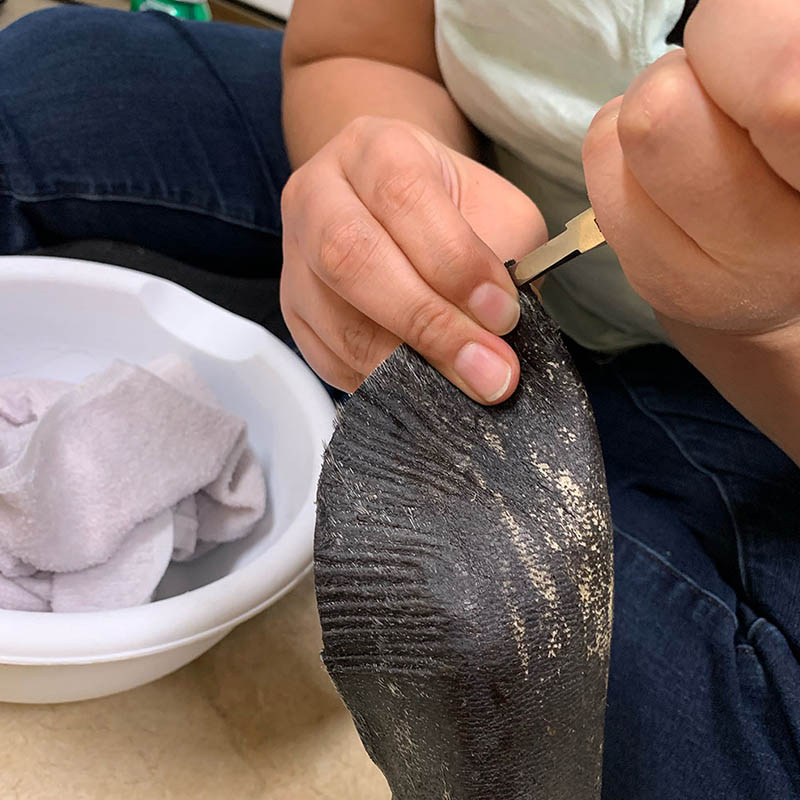
The Kamipiaq Hard Bottom Crimping Class took place in Utqiagvik, Alaska. I held a small group gathering to teach them the process of how to make kamipiaq/maklak hard bottoms out of bearded sealskin. I chose to do a small group to ensure my teaching was intentional through a one-on-one interaction. The class lasted 4 days (evenings) in order for their projects to be complete. The outcome was a success! Each participant learned the skill from start to finish and they feel confident in accomplishing this skill again on their own.
Unangan Fishskin Boot Workshop
Story by Laresa Syverson
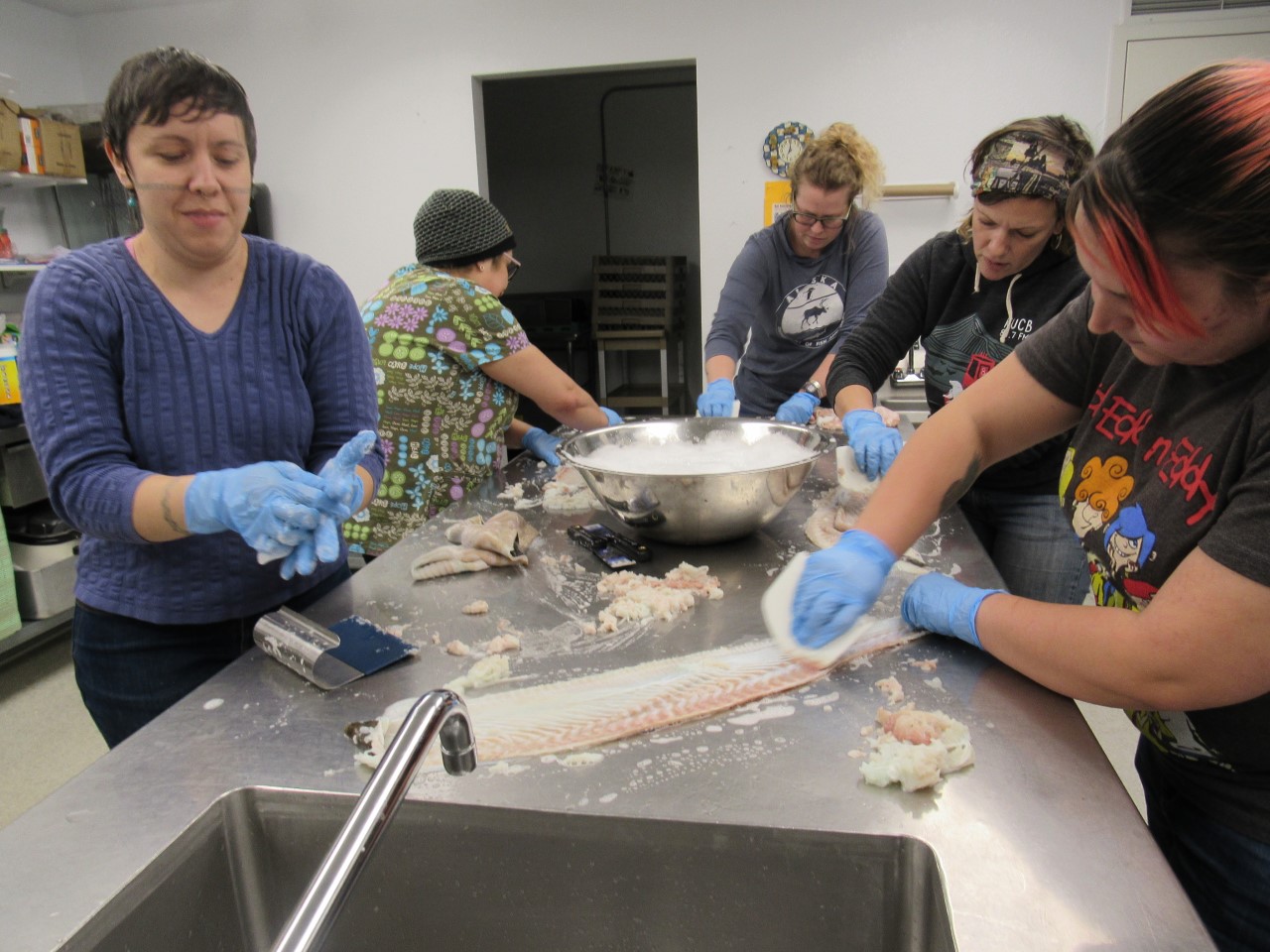
At three ARTShop events during the summer and fall of 2019, I shared how to clean and process fish skins to use for sewing projects, with an overarching goal of researching and reclaiming Unangan footwear. After a generous donation of halibut skins from Westward Seafoods for the two fall events, local participants learned how to clean the skins, preserve the skins until ready for sewing, and were given multiple examples of how the drying and manipulating process will give varied results. Participants were given frozen, unprocessed fish skins to take home and use in a project of their own choosing. I am looking forward to having more opportunities to view Unangan footwear in person, forming patterns, and learning the Unangan language for teaching this art.
As I learned more about fish skins and how to use them, I also formed working relationships with local people and organizations. Just like there are many fish in the sea with unique skins that are useful for a variety of purposes, there are uniquely skilled people living in my community. I worked with a voice actor for advertising, the processing plants for different skins, and viewed gut sewing and stitching at our Museum. The ARTShop experience will enrich my creative process and my ability to lead within the community for years to come.
Qaspeq Sewing Workshop
Story by Amber Webb
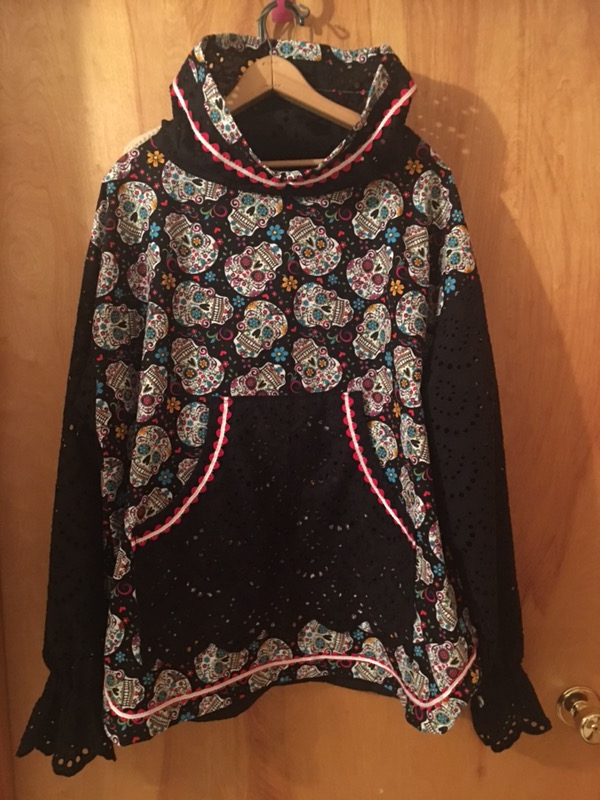
During a series of qaspeq-making workshops, I came to a deeper understanding of the ways our cultural garments encourage connection. For thousands of years, the intimate act of making garments to fit the bodies of our loved-ones as a means of protection was also a way we told the world who we are. The act of self-identification through pattern work is a powerful one. During this project, I began noticing the small details that distinguish qaspeq artists and realized that qaspeq construction is as unique as the fingerprints of each person who makes them. Some of us have family patterns, but those of us that lost those can create them for the next generations in our families. The qaspeq is a functional symbol of adaptation and resiliency. Encouraging more people to learn the art of garment construction is a valuable way to assert indigenous identity and worldview. It is a way of knowing who we are.
A friend of mine recently told me that indigenous people gain power when they dress like their ancestors did. We make qaspeqs honoring the spirit and ingenuity of the people who came before us.
Iñupiaq Kammak Making Workshop
Story by Marjorie Kunaq Tahbone
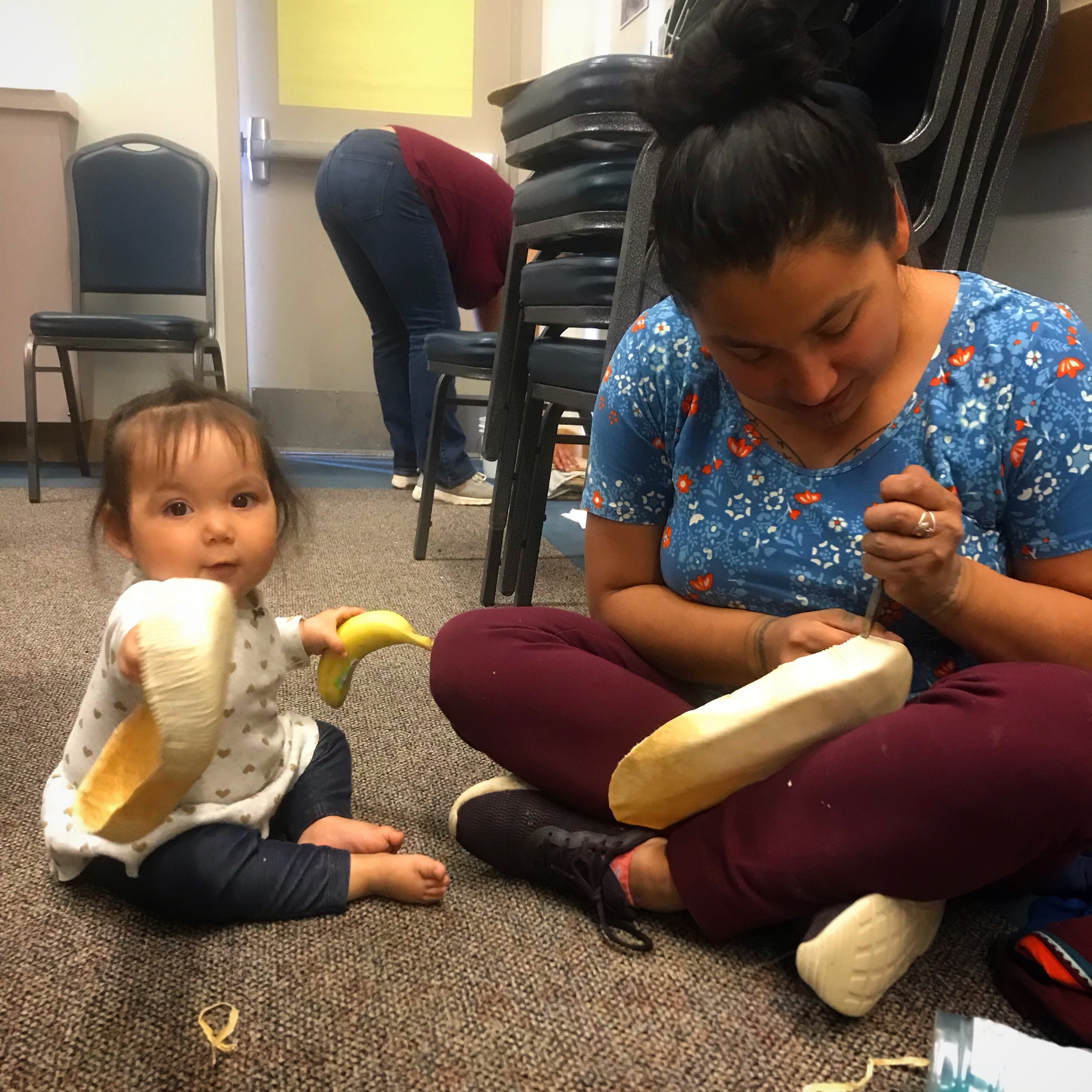
2018 ARTShops
Lake Iliamna Traditional Seal Parka
Story by Michelle Ravenmoon
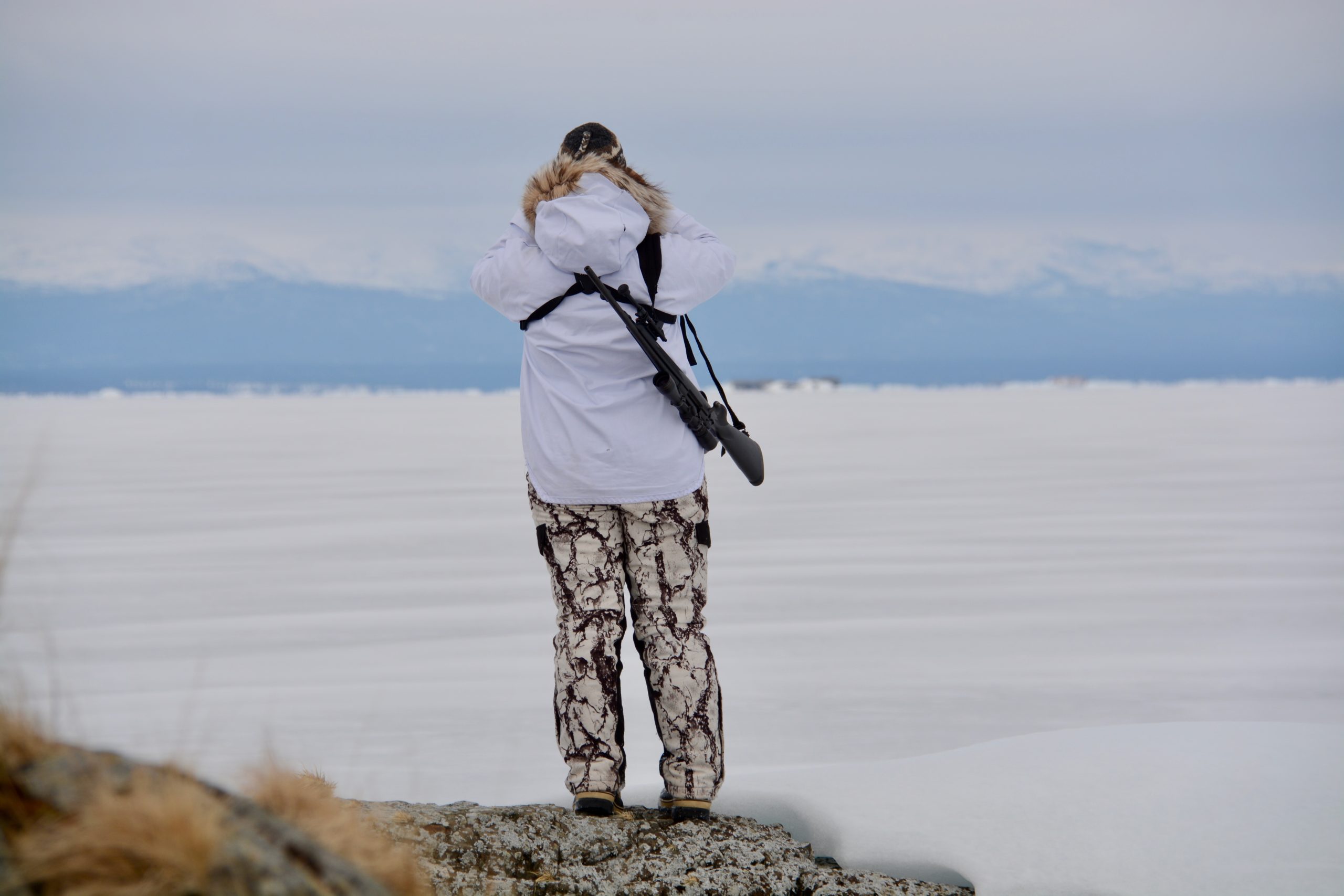
For my ARTShop project I hunted seals with my sister Marlene Tilly in the winter of 2018. Marlene had taught me how to hunt seals on the ice the year before. I was able to harvest one seal for the project. Marl taught me the techniques for stretching, scraping, and salting the hide prior to tanning. I also harvested the seal fat to make seal oil and the meat for the elders in Kokhanok.
Annie is the one elder in the area who knows how to make Lake Iliamna traditional-style seal parkas. All of us taking the class were sewers and we all had never made a parka before. In traditional times, there were many hunters and who brought seal home. There were also many who knew how to traditionally tan sealskins. We live in a time when there are less seal hunters and next to no one who tans skins traditionally anymore. Our problem as fur sewers is that our resources are very expensive and difficult to acquire enough to make a parka. I talked with Annie and she said our child-sized parka we made and its great worth because of the time, furs, and intellectual and cultural knowledge put into it. Some of us have never had the opportunity to learn because of our limited resources, including someone to teach us. This grant has given us an extraordinary opportunity to learn when many of us simply do not have the resources to do it on our own.
It was peaceful to watch the ladies interact and fall into a time old tradition of gathering together, working on a community project and enjoying themselves. We could have been gathered a hundred years ago and it would be no different in our discussions. We told stories, laughed, and shared about our loved ones as we sewed. Many of the women said that this needs to happen more often. We remembered how important gathering and working together is.
I feel like we all greatly benefited from the project, especially since we all gained knowledge of how to make a seal skin parka. The gathering together of women working on a collaborative project was not something that is done often these days and it was a great reminder of our roots and how this would be something our ancestors easily did. It was warming to my heart to be part of this process.
I had no idea how traditional culture would shine through in a project such as this. We had limited time, we were adding some non-traditional techniques such as using a sewing machine for the non-fur lining, and we were sitting in the local bingo hall. I was impressed to hear the women starting to share our traditional languages (Yupiq and Dena’ina) as we put the parka together. I was able to gather some stories from the women on how they were taught, which was by observation, then by trying on their own. I was also impressed with watching how we got along, and the balance of the class. I watched as there were some power struggles between sewers, but how Annie took authority with gentleness and kindness. She never said a negative word to anyone but she did tell us when we did something wrong and we had to correct it. We were taught how to make the parka the “right way.”
Fish Wheel to Fish Skins
Story by Rochelle Adams
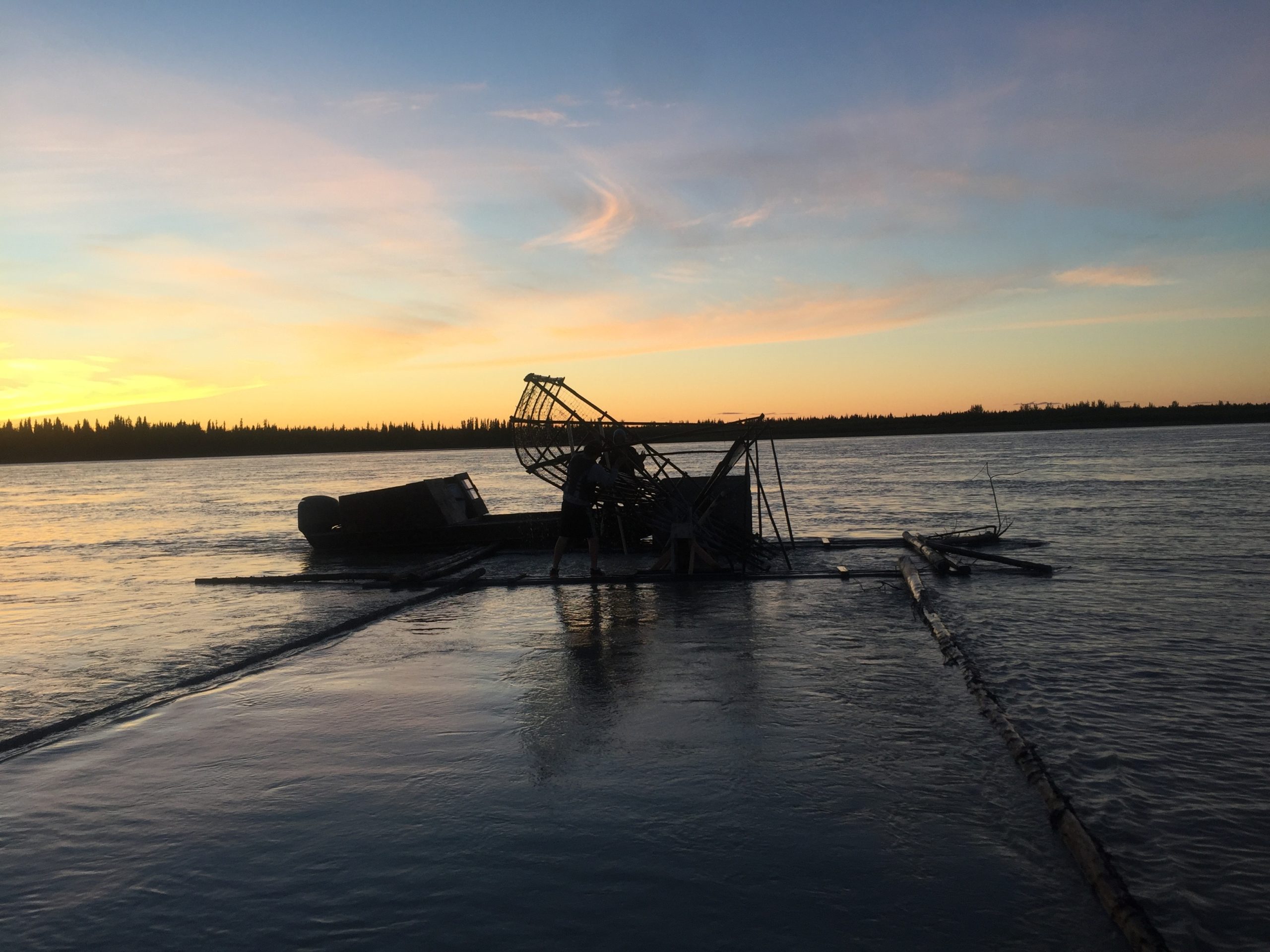
One of the main things that I loved about this project was that it took place at home with the people I know and love. We worked together in the comfort of our own homes, in our own natural way that we communicate, learn and organize with one another, on our own lands and waters. It was very good to support that and to do this work with a strong foundation of our values and our own ways of knowing and being. Such as how we are respectful with each other, we place the utmost respect on our land while we are gathering materials, as we are on the River, while we have our fish wheel turning and in the smokehouse. We practiced our value of sharing and hard work together. This was a big success!
Utqiagvik Bleached Seal Skin
Story by: Bobby Lynn Itta
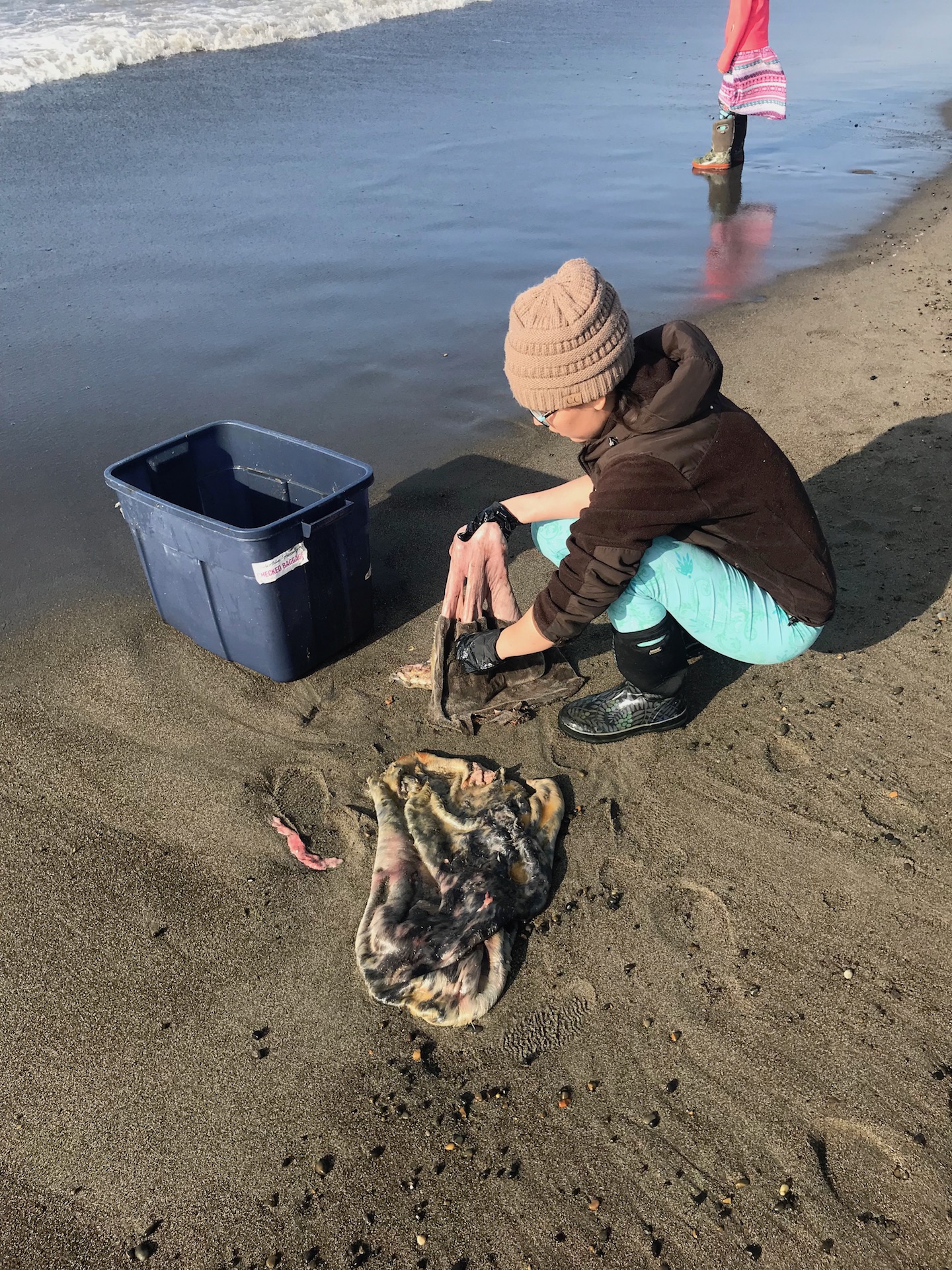
I wanted to do this ARTShops project to learn and teach the process of making bleached seal skin. Traditionally we use this material for our mukluk bottoms, braids for decoration, and also the inside of a sunshine ruff. This material is hard to find now a days, so it was a workshop. In the photo, I am removing the fur from the hide, after it cured in seal oil for one week. The fur just slips off and then it’s ready to clean and dry.
